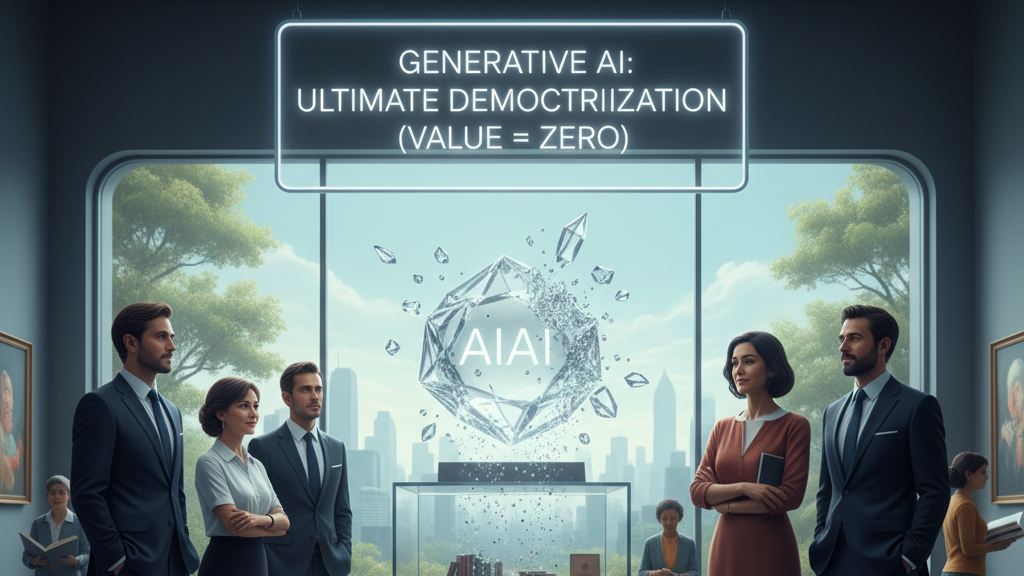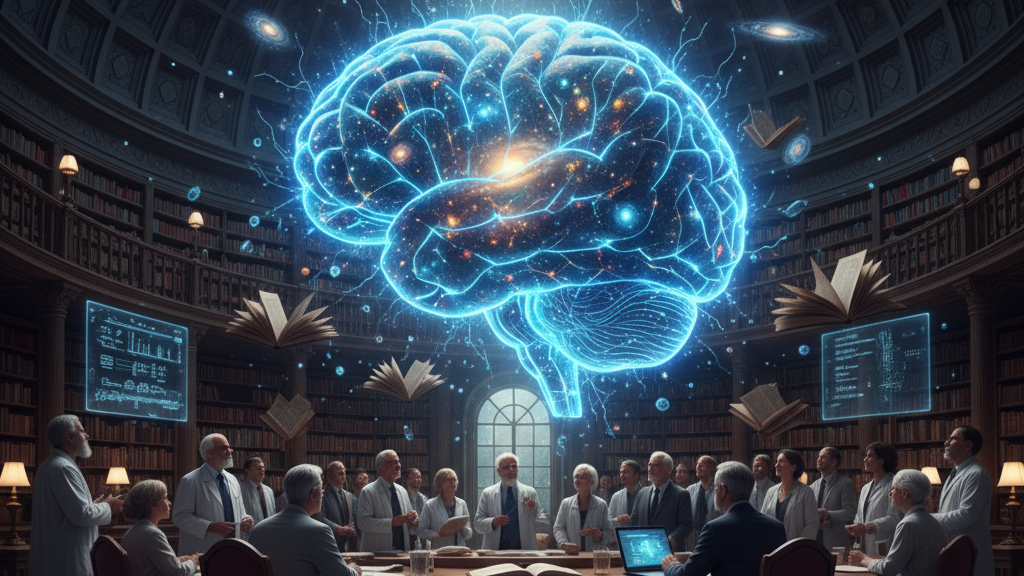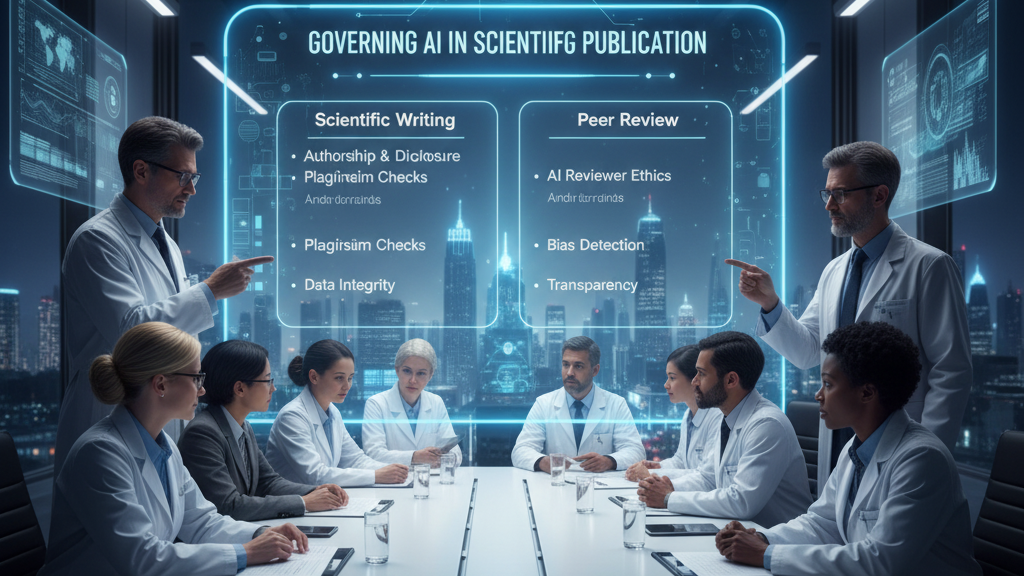
Source
Dawn
Summary
The article examines how Large Language Models and chatbots are reshaping learning in schools and universities. While AI boosts productivity in basic tasks (summarisation, drafting), it fails to deliver on more complex, multi-step reasoning. The author warns that overreliance on AI risks stunting skills like reading, writing, reasoning, and sustaining depth of thought. Learning is not just about output; it’s a process that tests and builds internal faculties. AI’s inherent hallucination problem adds further risk. The piece argues for institutional safeguards and restrictions on AI use in foundational learning stages.
Key Points
- AI improves efficiency in simple tasks, but shows no clear gains in complex, multi-stage reasoning.
- Learning as process is key: reading and writing actively shapes thinking, which AI can’t substitute.
- Overuse of AI could lead to deskilling: students risk losing internal cognitive capacity.
- The hallucination risk (AI generating false content) undermines trust in AI outputs.
- Institutions need to assign boundaries to AI use, particularly where literacy and foundational skills are at stake.
Keywords
URL
https://www.dawn.com/news/1945405
Summary generated by ChatGPT 5





